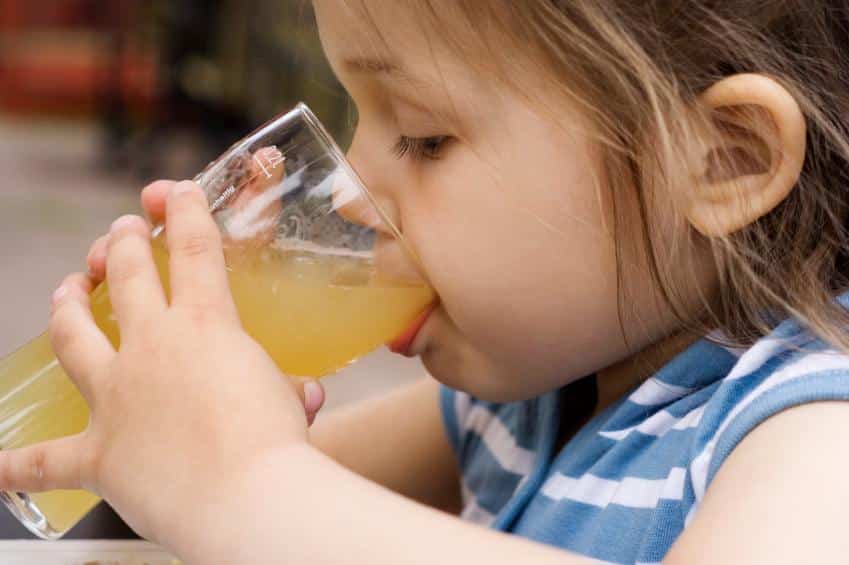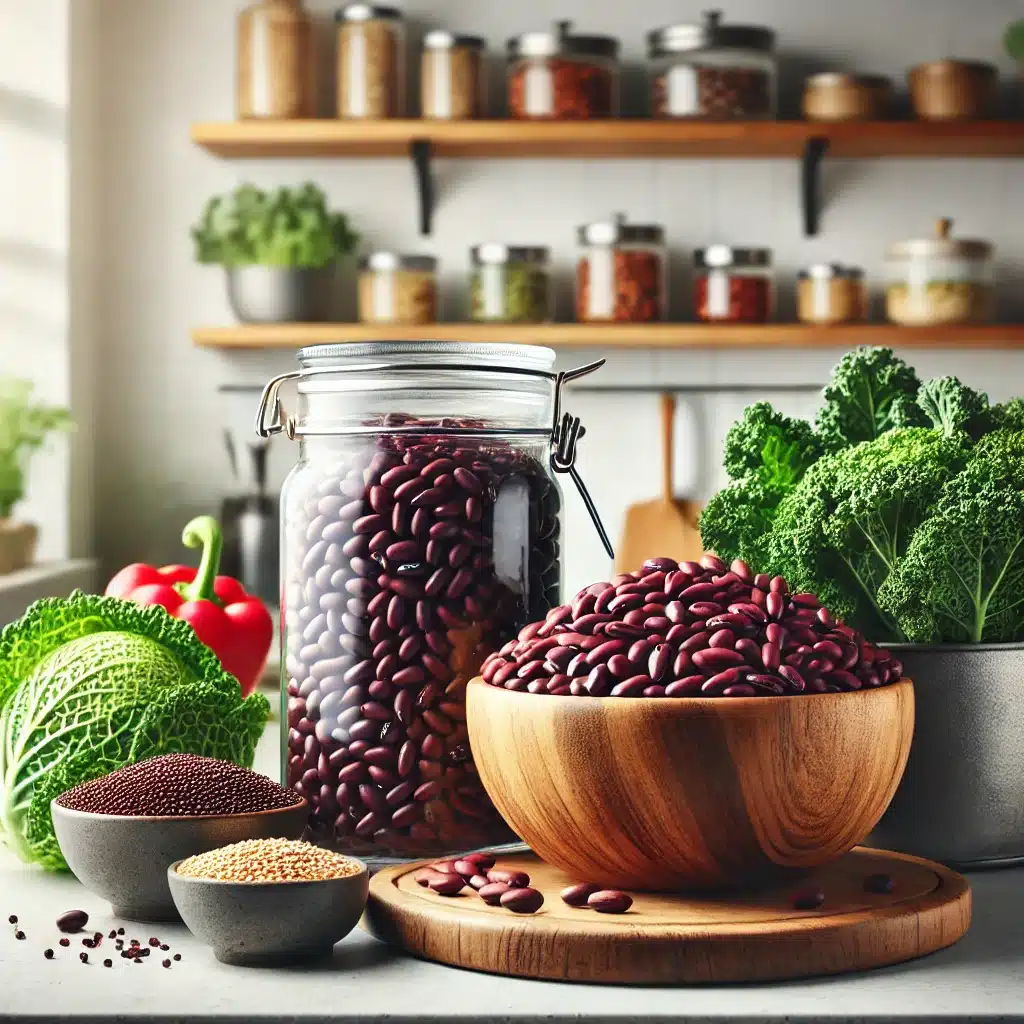Like most children, my kids consume a lot of apple products—fresh apples, applesauce, and apple juice. I love the health benefits apples offer. Cornell University in particular has conducted several studies on apples and found that the antioxidants in apples can reduce cholesterol levels, improve memory and even protect against Alzheimer’s disease and breast cancer. Making homemade apple juice is one of our favorite things to do!
Unfortunately, commercial apples are ranked number one for the most pesticide-polluted crop, according to the Environmental Working Group. I can’t always afford to buy organic produce, but I buy organic apples most of the time because my kids eat so many of them.
I also make my own juice and applesauce. Like most foods, homemade apple products taste infinitely better than their commercial counterparts, and I have total control over what goes into them. And, the produce usually doesn’t cost me a single red cent.
Where To Get Apples
My apple trees are still very young, so it’s going to be a few years before I can harvest from them. In the meantime, I’ve got two neighbors who are more than happy to share their apples with me. Crab apples make great apple juice, as well.
If you don’t have access to free fruit, try joining a fruit share. A fruit share is simply an organization that records your contact information and the type of fruit you’d like to get. Then, you’re put in touch with orchards or individuals who have extra fruit they want to get rid of. You usually have to pick the fruit yourself, which isn’t the worst way to spend an afternoon. You get to meet nice people and you get free fruit.
Another option is to visit a U-pick orchard. You’ll pay for the fruit—sometimes a premium price—but you’re supporting local agriculture and getting a high-quality product. The final option is to watch local grocery store ads. My local produce store sells apples in the fall for .49 per pound. These apples usually aren’t organic, so peel them before you make the juice.
Learn the old time secrets of food storage
Making Homemade Apple Juice
Making homemade apple juice may seem like a big job, but it’s really very simple. First, start with about 25 pounds of apples for one batch of juice. I like to use several different varieties for the best taste. You can use almost any variety, but I like those with a little bite and a slightly spicy flavor. Favorites include McIntosh, Jonathon, Gravenstein, Gala, and Golden Delicious. Make sure the apples are ripe. They can have a few blemishes, but if the apples don’t taste good, the juice probably won’t taste good either.
Wash the apples carefully and cut away any bad spots or worms. You don’t have to peel them—in fact—the peels contain a lot of nutrition so it’s better to leave them on if the apples are organic. Cut the apples into quarters, discarding the seeds, and toss them in a large pot.
Add enough water to almost cover the apples and bring them to a simmer. Cook the apples until they’re very soft and pulpy—about one hour. Line a colander with cheesecloth and pour the apples into the colander. Press down on them with a spatula or spoon to extract more of the juice. Another option would be to grind the apples using a food mill and then place the apple mash in the colander. If you do this, be sure to save the apple pulp for apple butter, baby food, or applesauce.
Let the juice drain for several hours or overnight in the refrigerator. If you like, you can pass the juice through a coffee filter, jelly bag, or cheesecloth to filter it. I prefer unfiltered juice for its taste and added nutrition. Heat the juice in a stockpot to simmering. Taste it and sweeten it if necessary with sugar or honey. Sometimes I add a bit of cinnamon or orange juice.
Ladle the juice into hot quart jars, leaving ¼ inch headspace. Wipe the rims with a damp cloth and place lids and rings on the jars. Process in a boiling water bath canner for 30 minutes.
Using A Steamer Juicer
If you plan to make a lot of juice, it might be worthwhile to invest in a steamer juicer. This product has three chambers—one for the fruit, one for the juice, and one for boiling water. The steam from the water heats the apples and extracts the juice, which comes out a surgical tube on the side of the contraption.
To make apple juice in a steamer juicer, simply wash and cut the apples as described above. Fill the top chamber with the apples and fill the bottom chamber with water. Heat the water to boiling and simmer for 30 minutes to 1 hour, or until you see juice in the tubing. Open up the valve on the tube and empty the juice directly into clean, warm jars, leaving ¼ inch headspace.
The steamer juicer does a pretty good job of filtering the juice, but if you prefer, you can empty the juice into a pitcher or pan and filter it through a cheesecloth or coffee filter. This is also the best option if you want to add sugar, honey, or spices to the juice before canning it. After filtering, reheat the juice if it’s cold and pour it into hot jars. Process as described above.
Using Homemade Apple Juice
- Make homemade hard apple cider or vinegar.
- Add pectin and sugar to make homemade apple jelly.
- Heat apple juice with a little lemon, honey, and chamomile tea to comfort an ill child.
- Add sparkling soda for a special drink.
- Mix apple juice with ¼ cup brown sugar, 1 teaspoon cinnamon, and 2 tablespoons cornstarch for a yummy pancake syrup. Heat it to a rolling boil, stirring constantly.
- Add apple juice to fruit smoothies or add a few spoonfuls to pancake batter.










